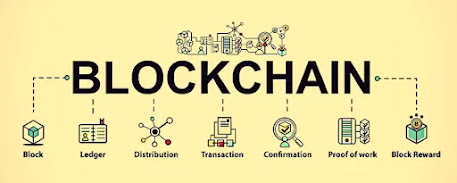What Are the Components of Blockchain?

The blockchain architecture comprises various layers, such as infrastructure or hardware, data, networking like nodes, verification, information distribution, and applications. Let’s understand some of its components. Block As explained above, blockchain refers to a chain of different blocks that contain data or records. And the data in each block is based on the kind of blockchain . For example, a banking blockchain will have blocks containing information such as account number, account holder’s name, branch name, etc. The first block in a blockchain is known as the Genesis block, and all the blocks contain valid records encoded and hashed. Each block has a cryptographic hash of its own and that of the previous block in the same blockchain, linking them and forming a chain. This iterative process validates the previous blocks’ integrity with digital signatures. Hashing A hash is like a fingerprint unique to every block. It is a code created using a mathematical function turning d...



